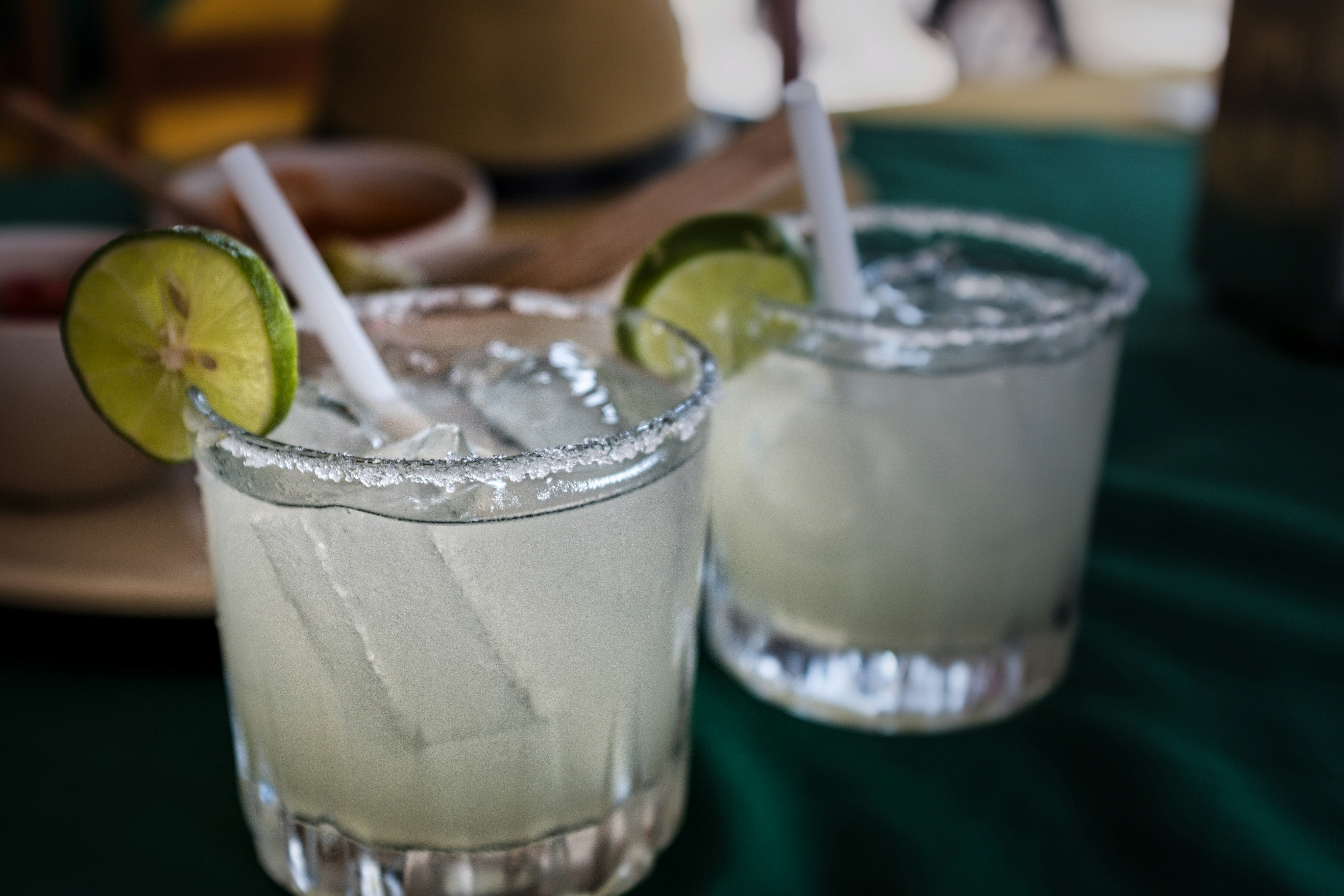Discovering the Flavors of Georgian Cuisine
Georgian cuisine is the epitome of culinary fusion. Its unique blend of flavors and techniques are a testament to its rich history, deeply influenced by its neighboring countries and the Silk Road trade route. This article will delve into the exotic flavors and techniques of Georgian cuisine, and how they are making waves in the global gastronomy scene.

A Brief Overview of Georgian Cuisine
Georgian cuisine reflects the country’s unique geographical location, nestled between Europe and Asia. It offers a stunning array of dishes, each brimming with vibrant flavors that combine Eastern and Western culinary traditions. Known for its hearty and rustic fare, Georgian cuisine often features ingredients like walnuts, pomegranates, and a wide range of herbs and spices that give their dishes a signature taste.
Georgia’s Signature Dishes
Georgian cuisine is known for its diverse range of dishes. One of the most iconic is Khachapuri, a cheese-filled bread that is often topped with a runny egg. Another beloved dish is Khinkali, a dumpling filled with meat and spices that are traditionally eaten with your hands. Completing the trifecta of Georgian culinary staples is the Satsivi, a walnut sauce that is served with poultry.
The Role of Wine in Georgian Cuisine
Georgia is often referred to as the birthplace of wine, with archaeological evidence of winemaking dating back 8,000 years. Traditional Georgian wine is made in qvevri, large earthenware vessels, and the result is a unique, amber-colored wine. This ancient winemaking tradition has recently gained international recognition, adding another layer to Georgia’s rich culinary heritage.
The Influence of Georgian Cuisine Globally
Georgian cuisine is experiencing a surge in popularity worldwide, with Georgian restaurants popping up in major cities like New York, London, and Berlin. With its unique combination of flavors, techniques, and ingredients, it’s no wonder that Georgian cuisine is capturing the hearts and palates of food lovers around the globe.
Tips and Facts About Georgian Cuisine
-
Georgian cuisine makes extensive use of walnuts, often in the form of sauces or pastes.
-
Supra, a traditional Georgian feast, is an integral part of Georgian culture. These feasts are known for their abundance of food, wine, and toasts.
-
The spice blend known as Khmeli Suneli is a staple in Georgian cooking. It typically includes coriander, fenugreek, and marigold.
-
Churchkhela, a Georgian candy made from nuts and grape juice, is a popular dessert and snack.
In conclusion, Georgian cuisine is a hidden gem in the culinary world. Its unique blend of flavors, coupled with its rich history and traditions, make it a fascinating subject for food enthusiasts. As Georgian cuisine continues to gain popularity globally, there’s never been a better time to explore this vibrant and flavorful cuisine.




